Summer is almost here when we’ll be outdoors more enjoying the warmer weather.
But we often forget how strong the sun can actually be and, according to the British Skin Foundation, skin cancer is the most common form of cancer in the UK.
At least 100,000 new cases are diagnosed each year, and more than 2,500 people die from the disease each year.
Experiencing severe sunburn, particularly in childhood, increases the risk of developing skin cancer in later life, so it’s very important to protect yourself and your family from the sun.
So, how can you better protect yourself against long-term harm while still enjoying a cloudless day?
Viren Solanki, a pharmacist at Kyle of Lochalsh’s Right Medicine Pharmacy, offers some key tips on how to best safeguard against unwanted sunburn – and what to do if it’s too late.
What is SPF?
SPF stands for Sun Protection Factor and refers to the level of protection against UVB (ultraviolet B) radiation, linked to skin cancer.
The NHS recommends an SPF of at least 30.
On the bottle, you should also look for a 4 or 5-star UVA rating which will help protect you from UVA radiation, associated with skin ageing.
Ideally, the SPF number will tell you how long the sun’s UV radiation would take to burn your skin when using the sunscreen, as opposed to the time without any protection.
Mr Solanki said: “What this means is, if you tend to burn in a minute without any sun protection on – if you put on SPF 50 on it will take 50 minutes.”
Most products provide a guide on how to apply sunscreen, but it should be applied to all exposed skin, including the face, neck, ears and head.
Especially if you have thinning or no hair since your scalp can burn. Wearing a hat is also advised.
Most people tend to forget after the first application, but sunscreen needs to be reapplied liberally and frequently, and according to the bottle’s instructions.
How can I stay safe in the sun?
You shouldn’t rely on just sunscreen to keep you protected from the sun.
According to the NHS, spending time in the shade when the sun is strongest could potentially help stave off a bad sunburn.
In the UK, this is between 11am and 3pm from March to October.
You should also cover up with suitable clothing that covers the shoulders which burn easily, and wear sunglasses.
A wide-brimmed hat is best, as it will shade the head, face, ears and neck.
Take extra care with children by keeping babies and toddlers in the shade if you can.
Mr Solanki added that often patients don’t realise that taking a walk in the mountains could actually lead to severe sunburn.
“Because it’s colder out there, you don’t realise you tend to burn a lot.
“So, it’s always best to have sun protection on and also cover your head.”
Stay hydrated and use aftersun
Most people tend to forget while they’re busy enjoying their day out to regularly drink water.
Mr Solanki said: “Obviously, if there’s a lot of heat, always keep hydrated – hydration is very important.
“Especially with children, hydration is important because of the risk of sunstroke.
“You don’t realise when you’re out and about, but your body is always losing moisture.
“When it’s a warm day, drinking regularly helps keep an adequate fluid intake.”
And if you do find yourself a little worse for wear, he recommends using aftersun since it contains Vitamin E and helps regenerate the skin.
Applying an aloe vera soothing gel can also offer some relief.
Until your skin has healed, you should cover any parts that are burnt from direct sunlight.
Avoid scratching or peeling any skin or applying ice to the affected site.
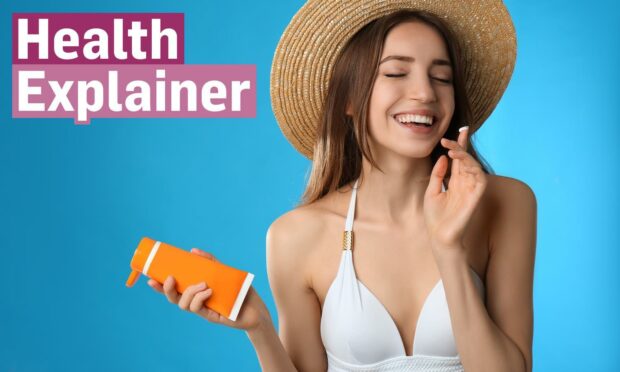
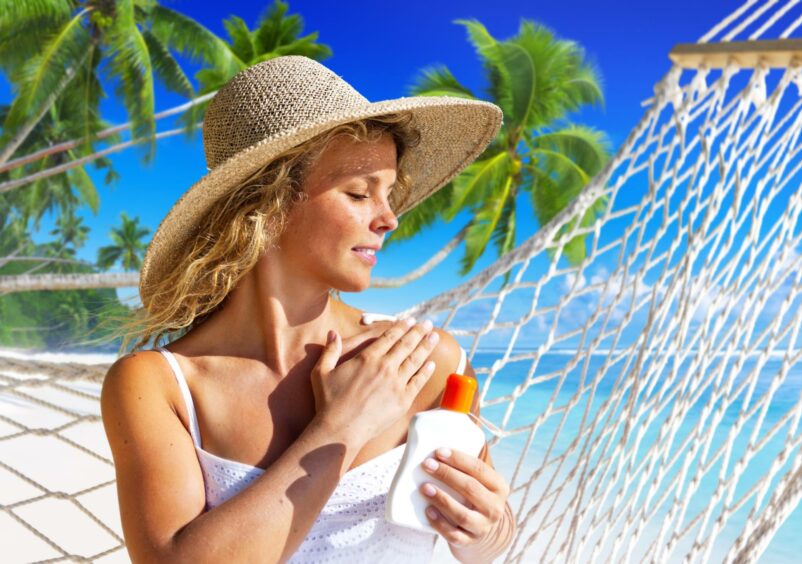
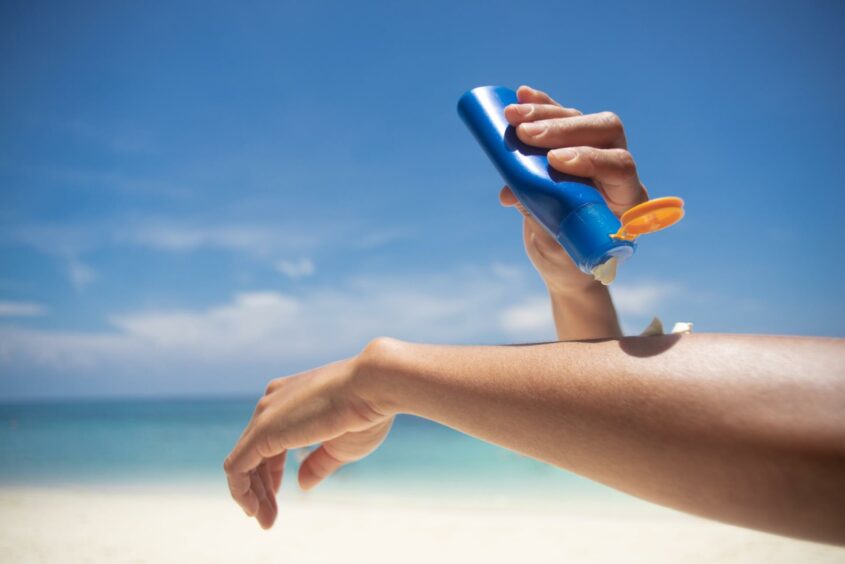
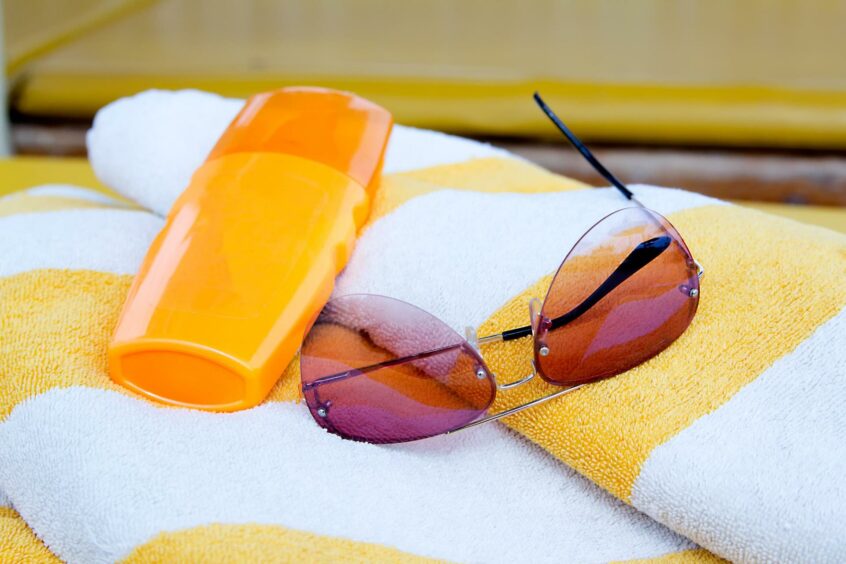
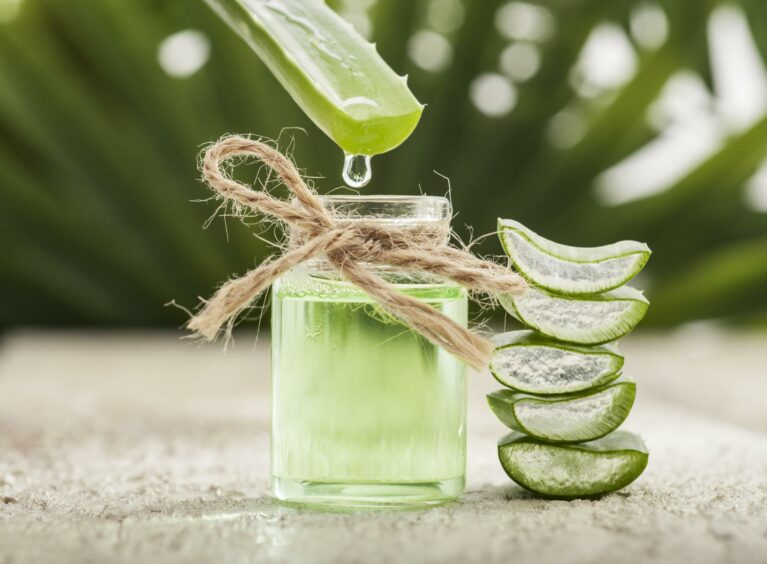
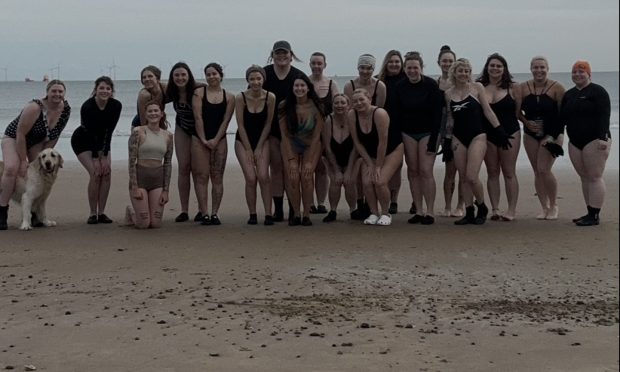
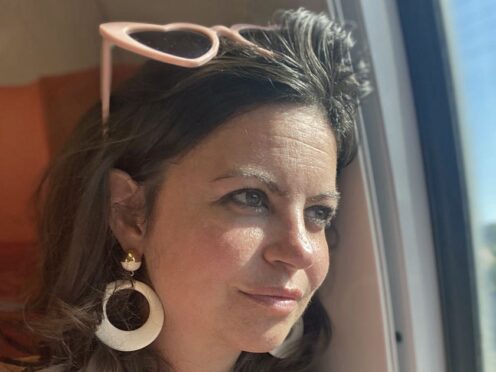
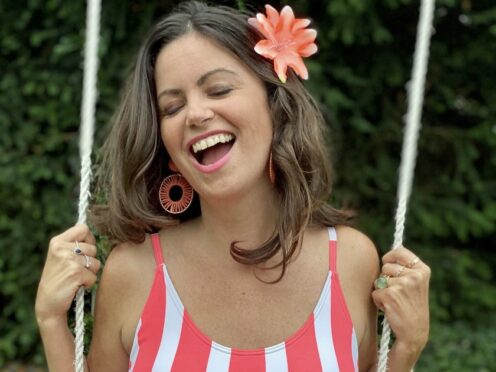

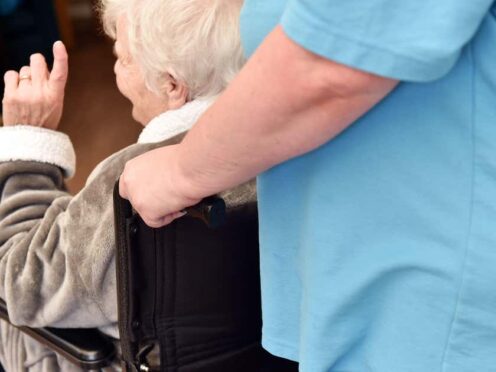
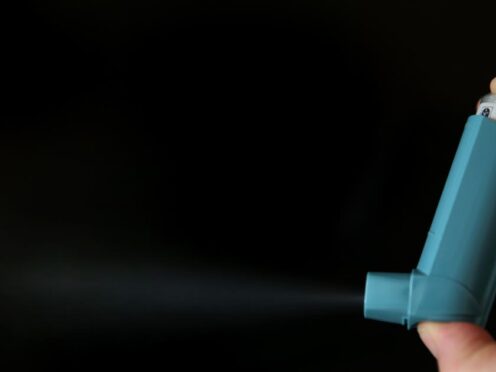
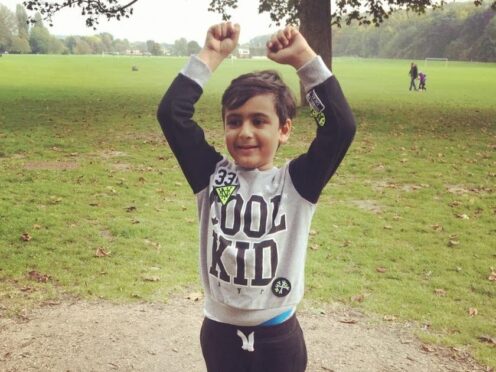
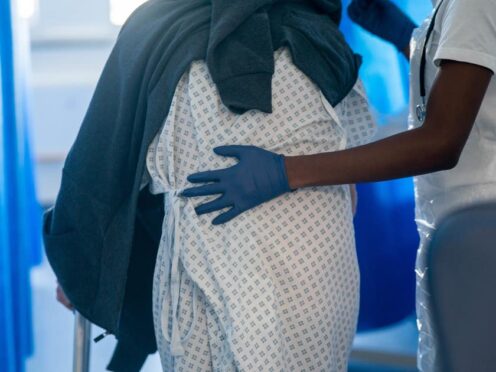
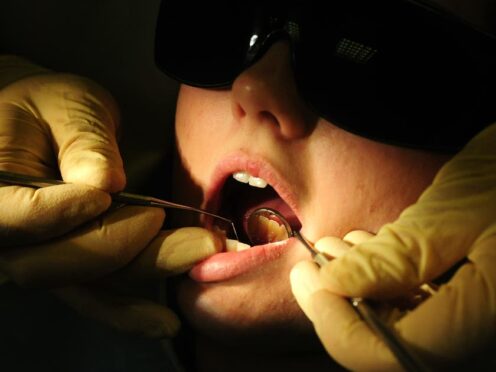
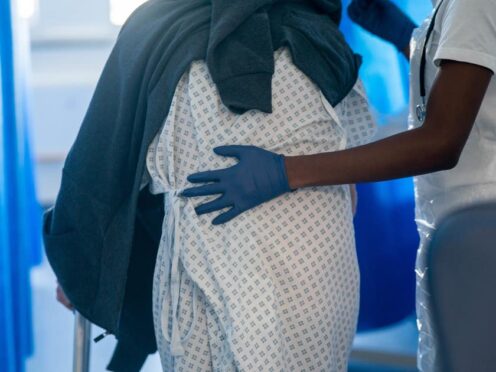
Conversation